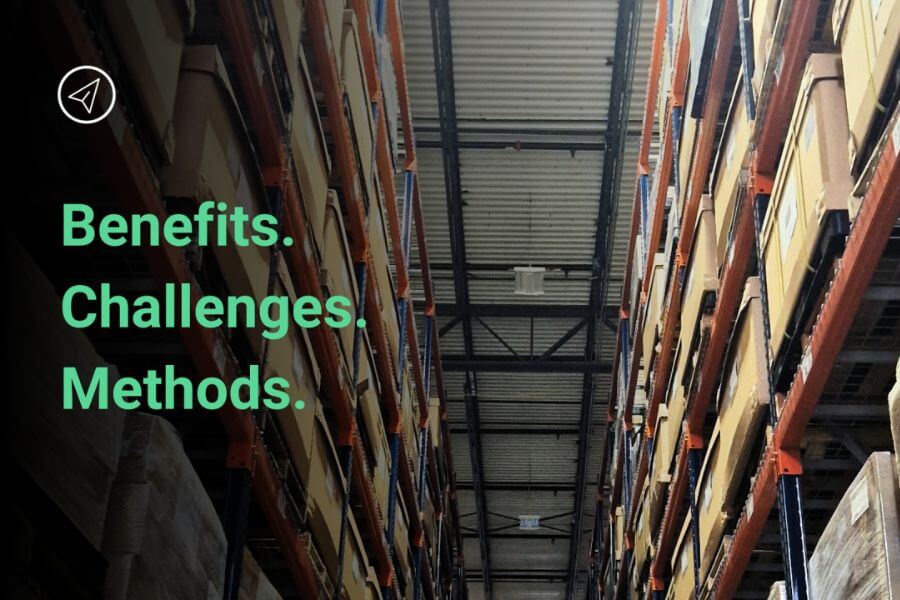>>> Read newsletter on LinkedIn <<<
Supply chain forecasting stands as a cornerstone strategy that helps organizations anticipate demand, manage inventory, and ensure smooth operations. Now let’s move straight into the benefits and challenges of supply chain forecasting, and explore the top methods used by leading companies.
Benefits of supply chain forecasting
- Improved inventory management. effective forecasting enables businesses to maintain optimal inventory levels. By predicting demand accurately, companies can avoid overstocking or understocking, which can lead to reduced storage costs and less wasted resources.
- Enhanced customer satisfaction. being able to meet customer demands promptly is key to customer satisfaction. Forecasting helps ensure that products are available when customers need them, thereby improving service levels and customer loyalty.
- Increased operational efficiency. forecasting aids in planning for production, warehousing, and distribution activities, which can lead to more streamlined operations. This efficiency can reduce costs and increase profitability.
- Better supplier relations. when companies forecast effectively, they can provide more accurate orders to suppliers, leading to better relationships and often improved terms and conditions.
Challenges in supply chain forecasting
- Data quality and availability. high-quality, relevant data is essential for accurate forecasting. Many companies struggle with data that is incomplete, inaccurate, or outdated, which can skew forecasting results.
- Demand volatility. in industries where demand is highly volatile, forecasting becomes significantly more challenging. Changes in consumer behavior, market trends, or external factors like economic shifts can impact accuracy.
- Technological integration. implementing advanced forecasting tools requires substantial investment in technology and training. Integrating these tools with existing systems can be complex and time-consuming.
- Balancing cost and complexity. more sophisticated forecasting methods can be more accurate but also more expensive and complex to implement. Companies must balance the cost of these methods against the potential benefits.
Top forecasting methods
- Qualitative forecasting. this method is often used when data is limited or when dealing with new products. It relies on expert opinions, market research, and comparative analyses.
- Time series analysis. one of the most common methods, time series analysis uses historical data to predict future demand. Techniques include moving averages, exponential smoothing, and ARIMA models.
- Causal models. these models assume that demand is strongly influenced by certain factors (e.g., economic indicators, marketing campaigns). Regression analysis is often used to predict how changes in these factors will affect demand.
- Machine learning models. advanced analytics and machine learning are increasingly being used for more accurate and dynamic forecasts. These models can analyze large datasets and identify complex patterns that traditional methods might miss.
- Multi-echelon inventory optimization (MEIO). MEIO takes into account the entire supply chain network, from raw materials to consumer delivery, to optimize inventory levels at each stage based on forecasted demand.
Supply chain forecasting is a vital activity that supports strategic decision-making and enhances operational effectiveness. While it presents several challenges, the benefits of improved efficiency, customer satisfaction, and cost savings make it indispensable. As technology advances, the methods and tools available for forecasting are becoming more sophisticated, offering companies the opportunity to gain a significant competitive edge. Businesses that invest in improving their forecasting capabilities are better positioned to respond to market changes and meet customer needs effectively and efficiently.





